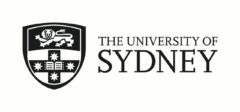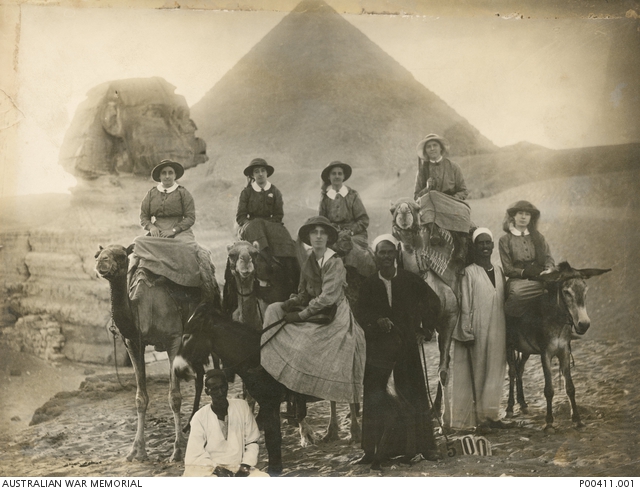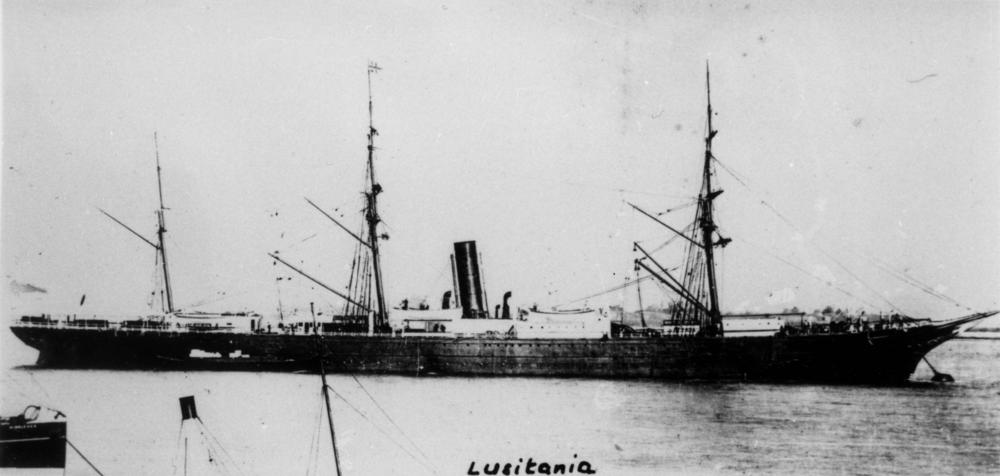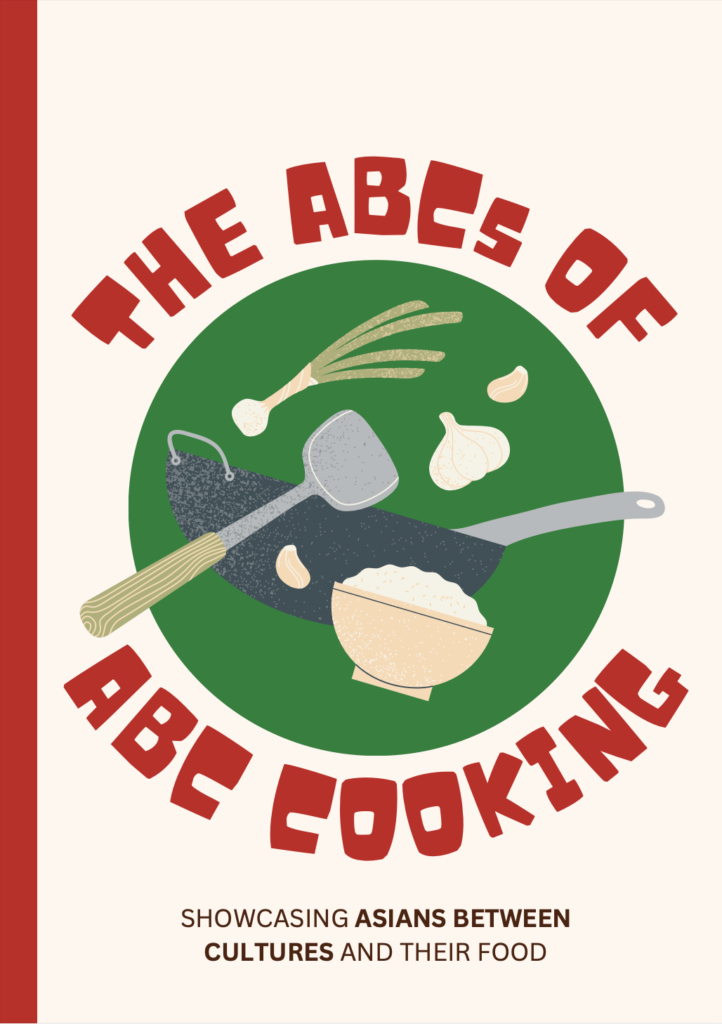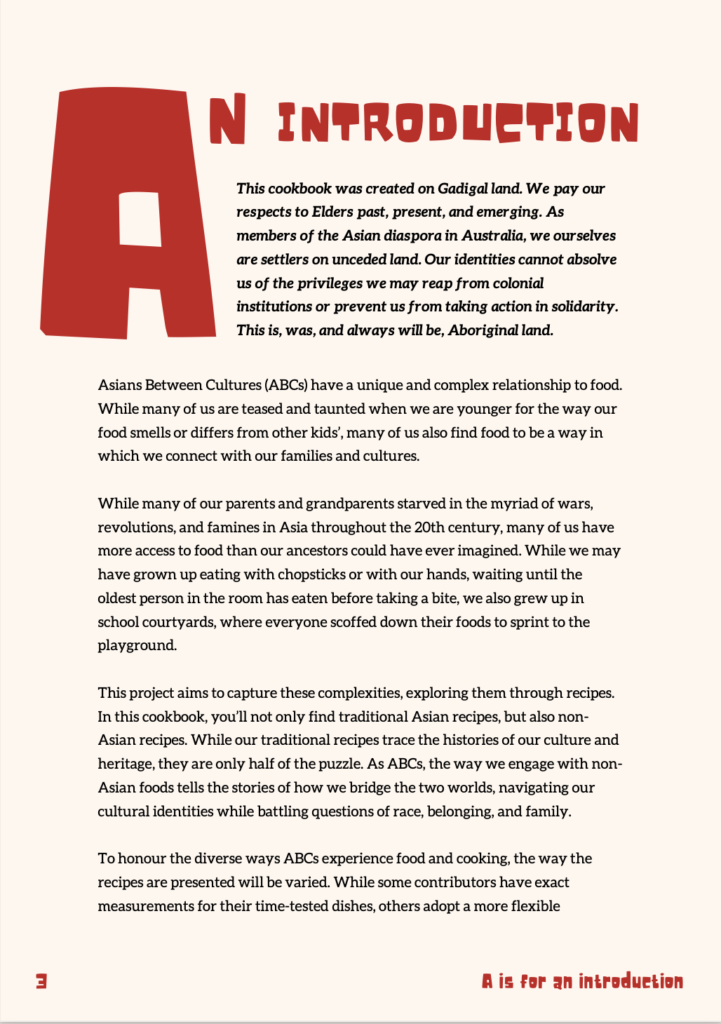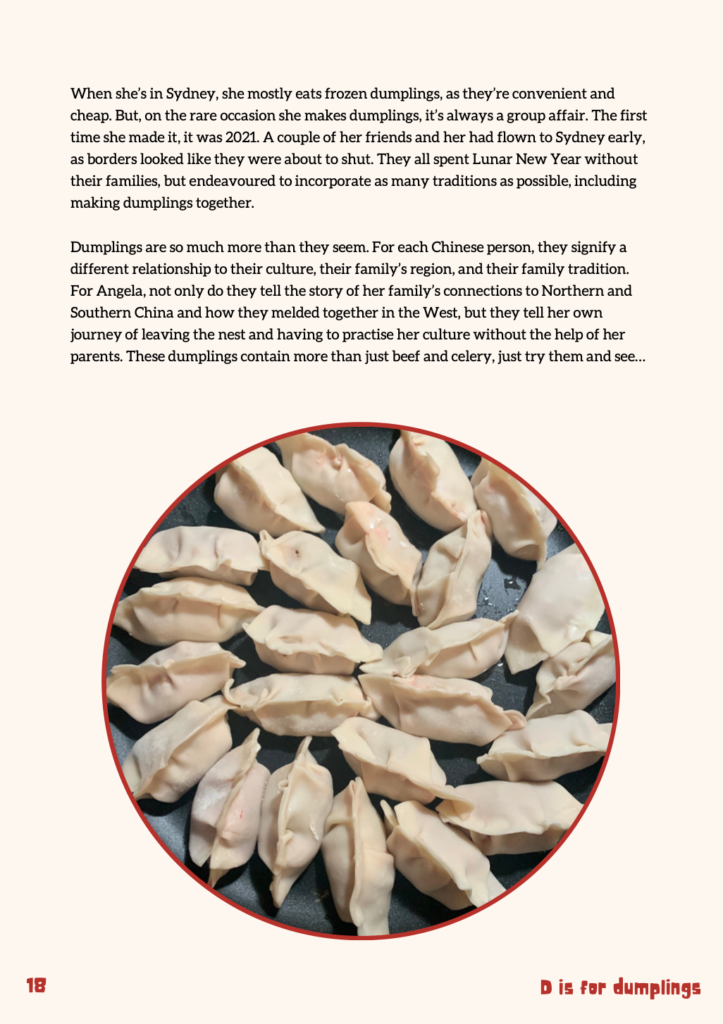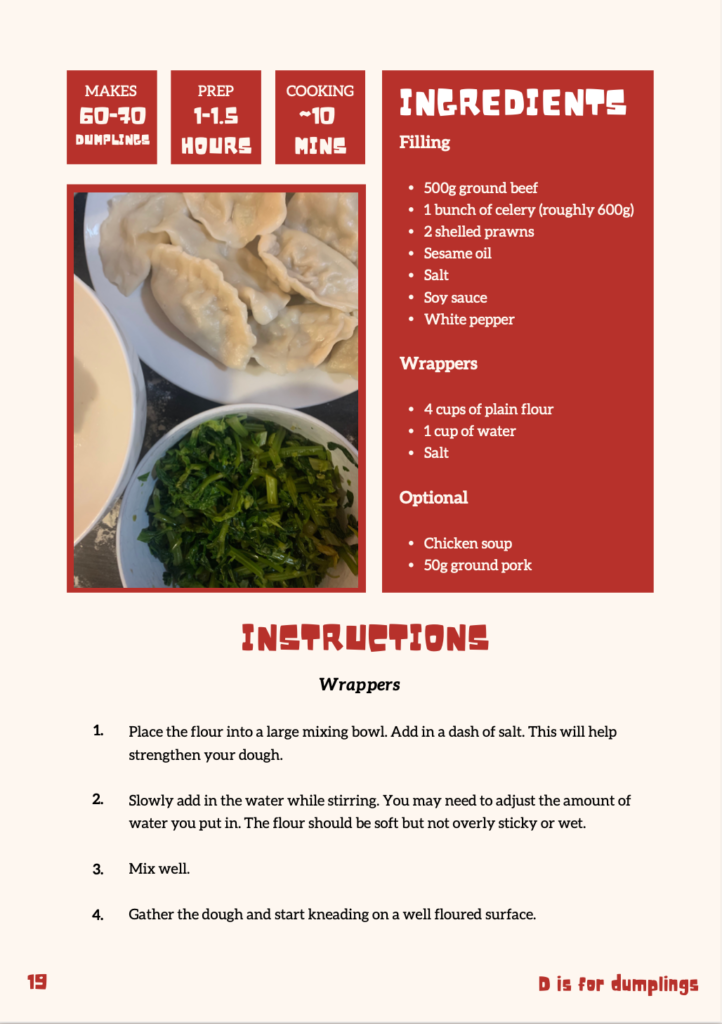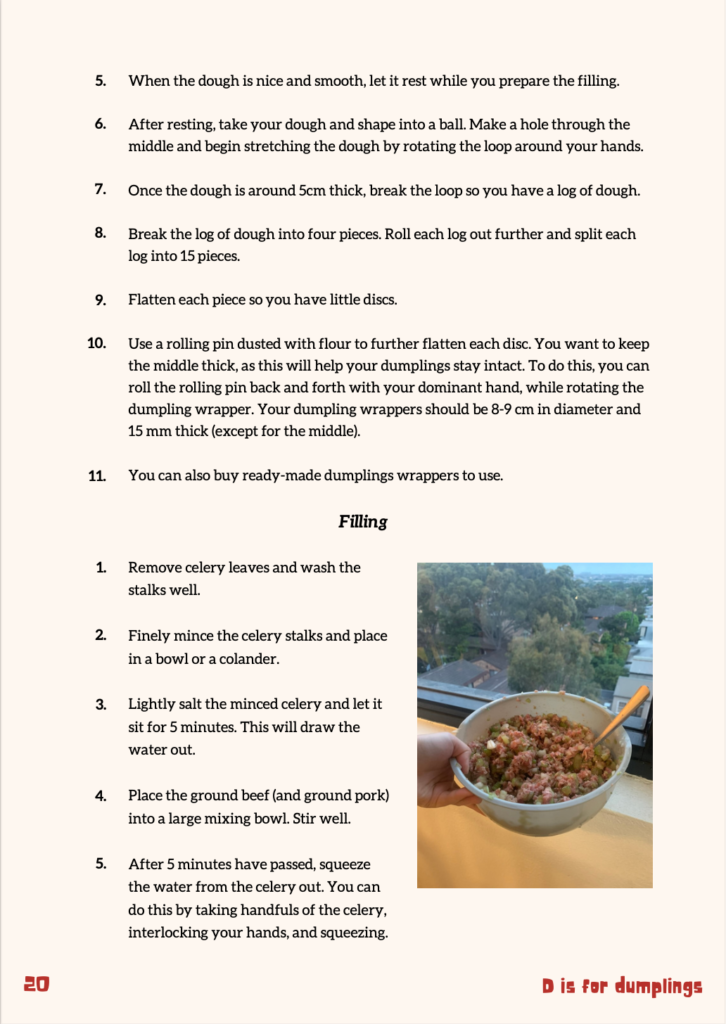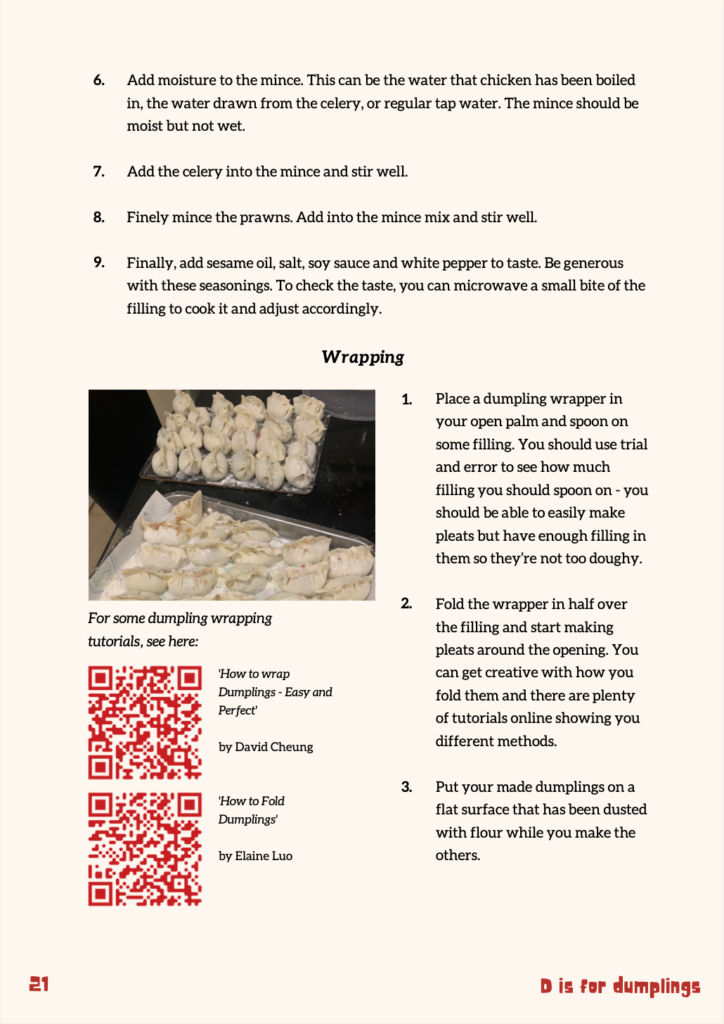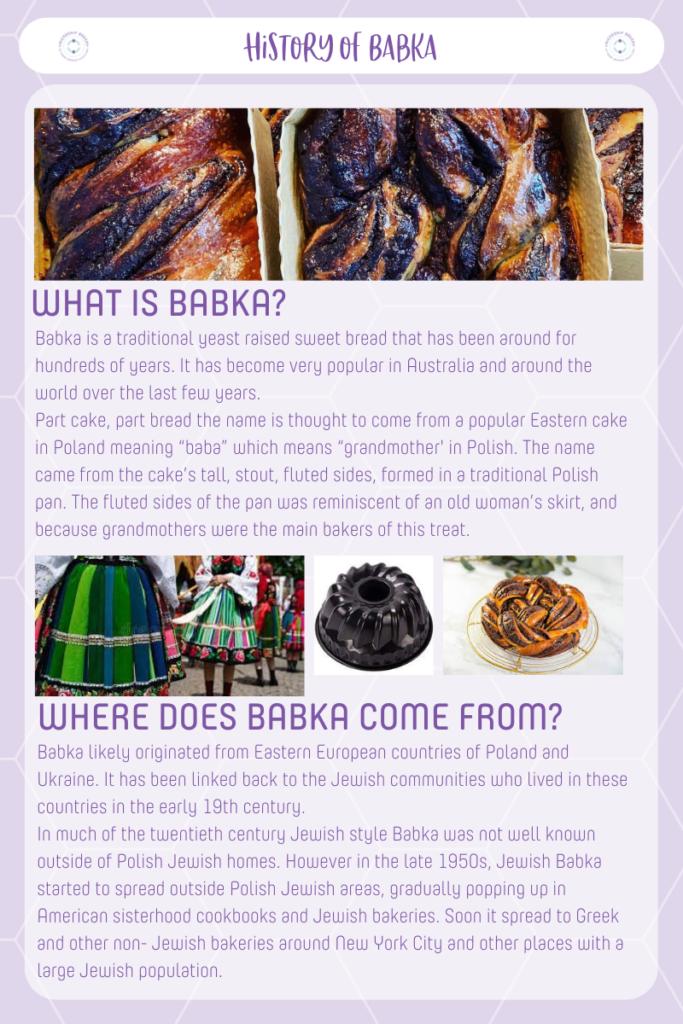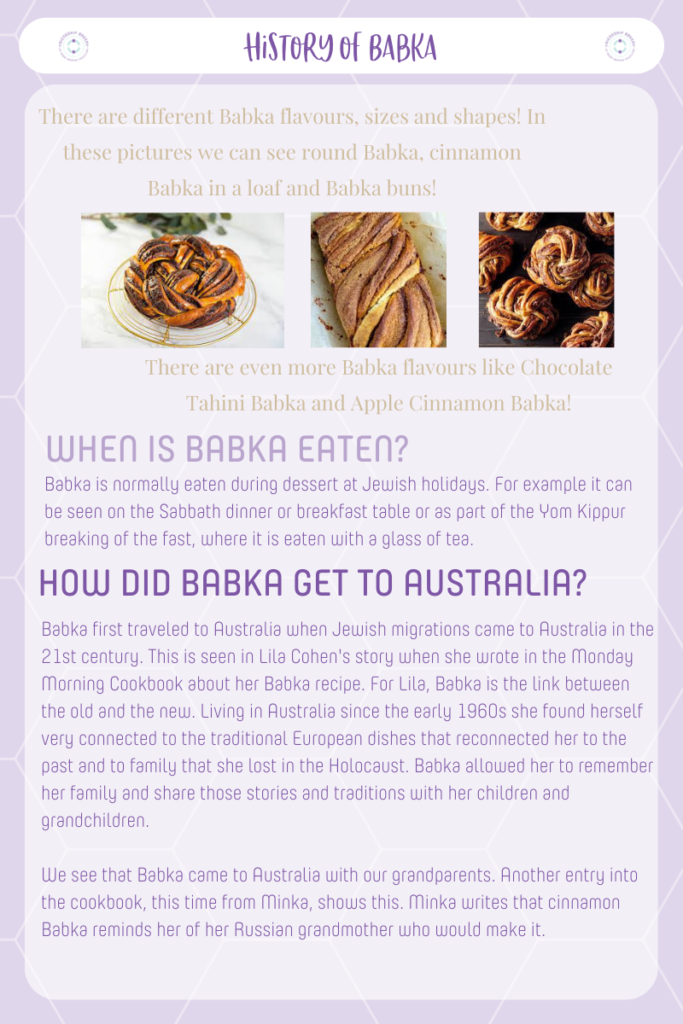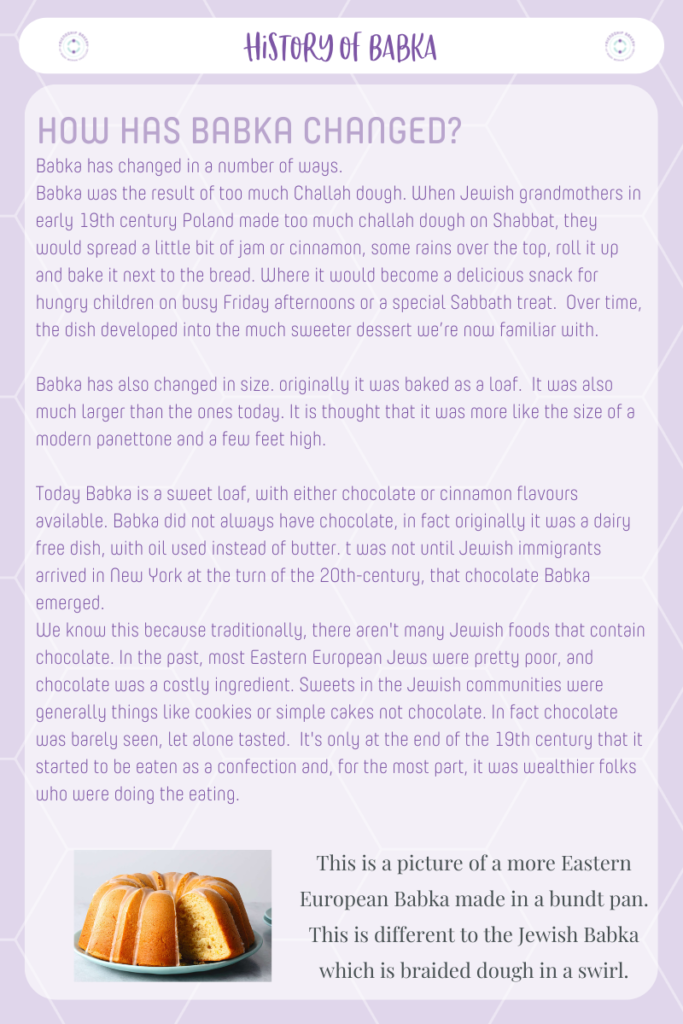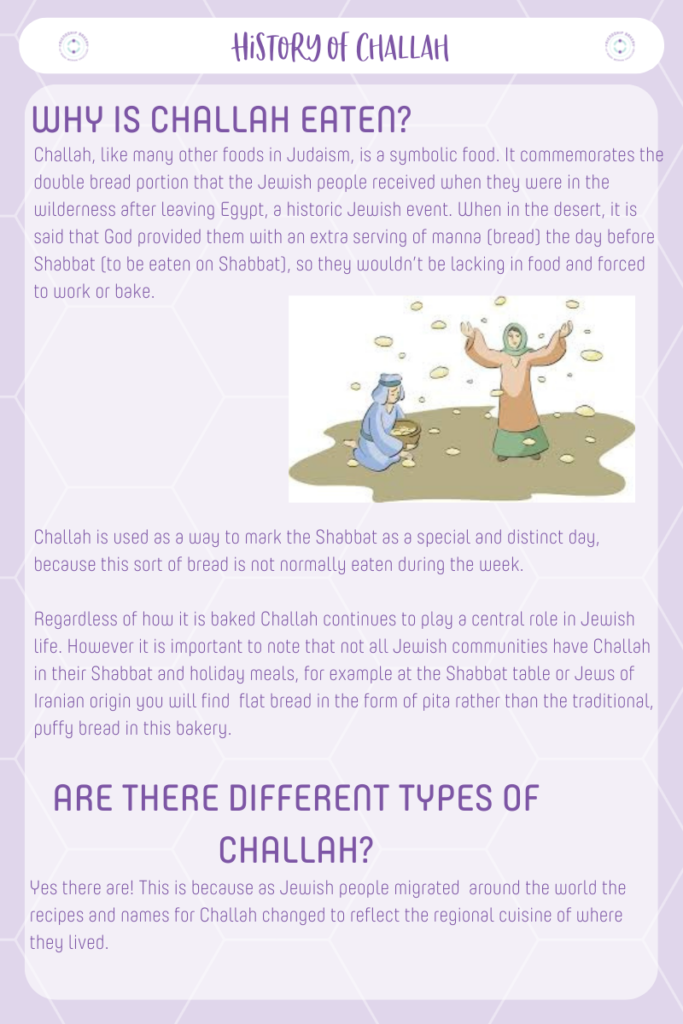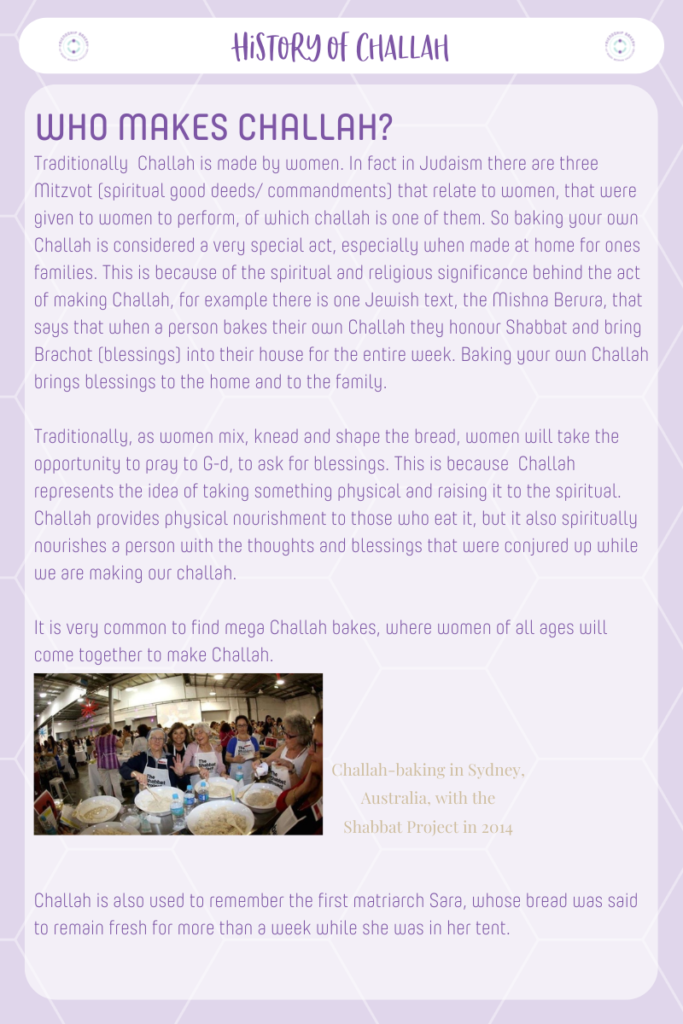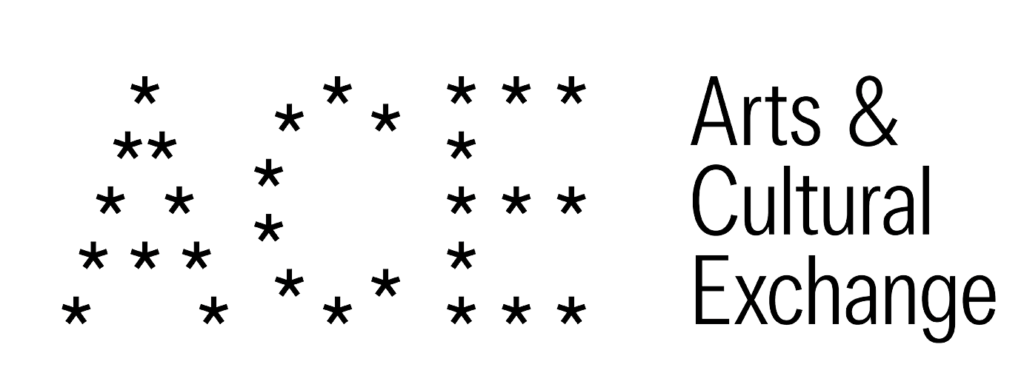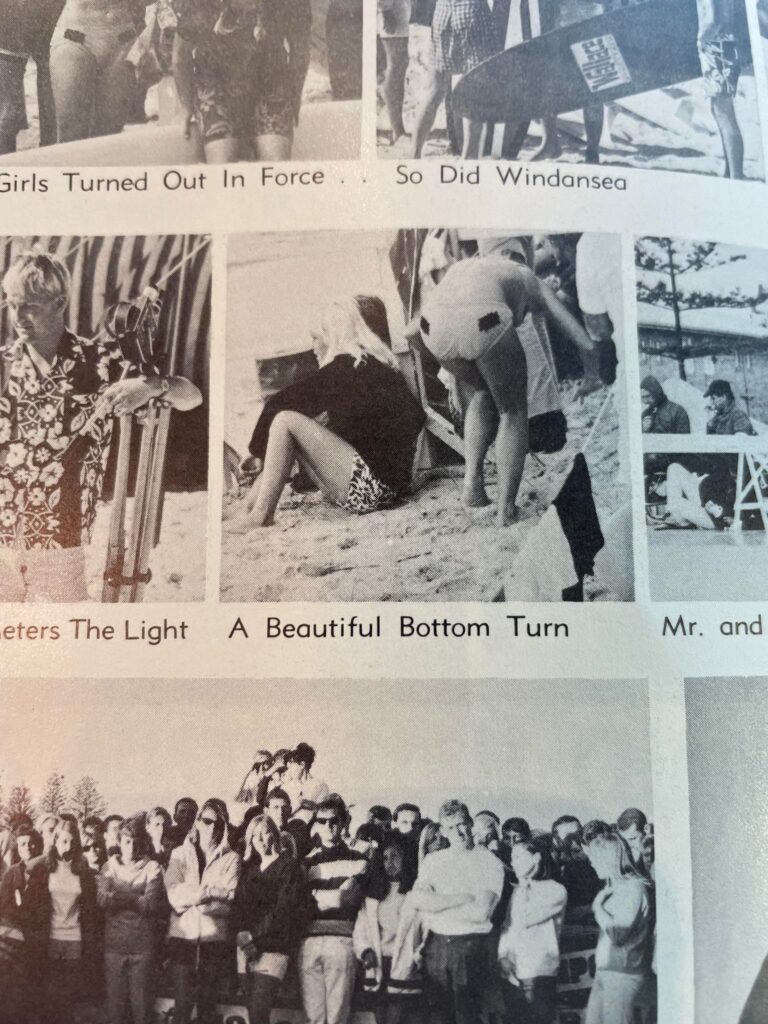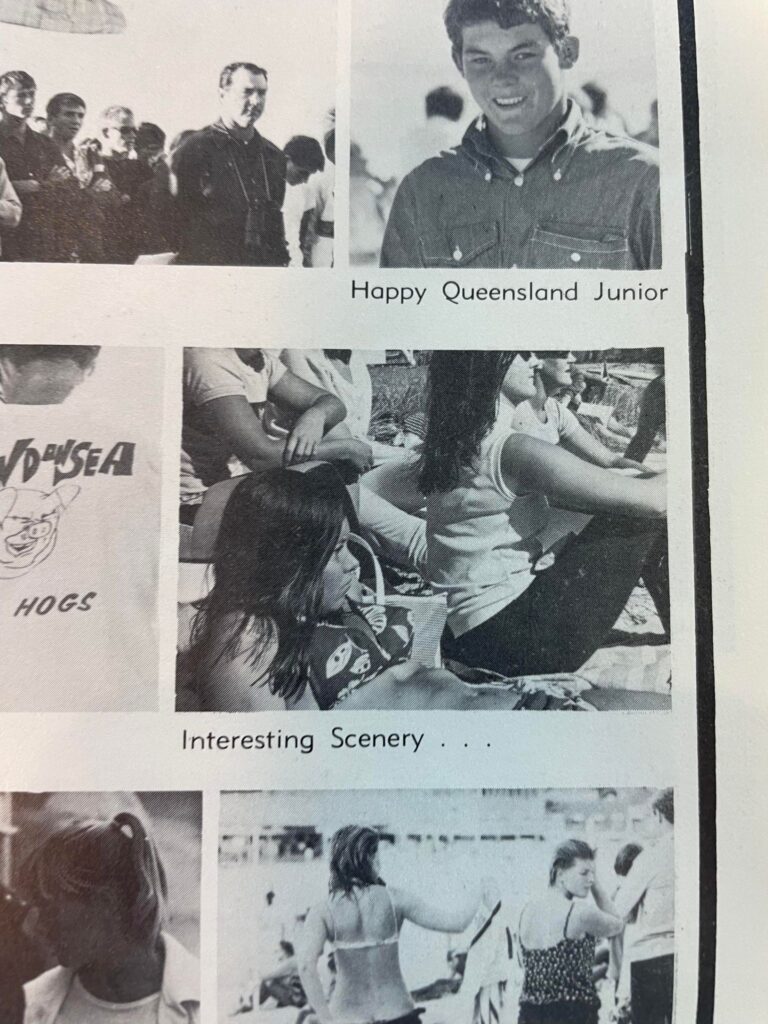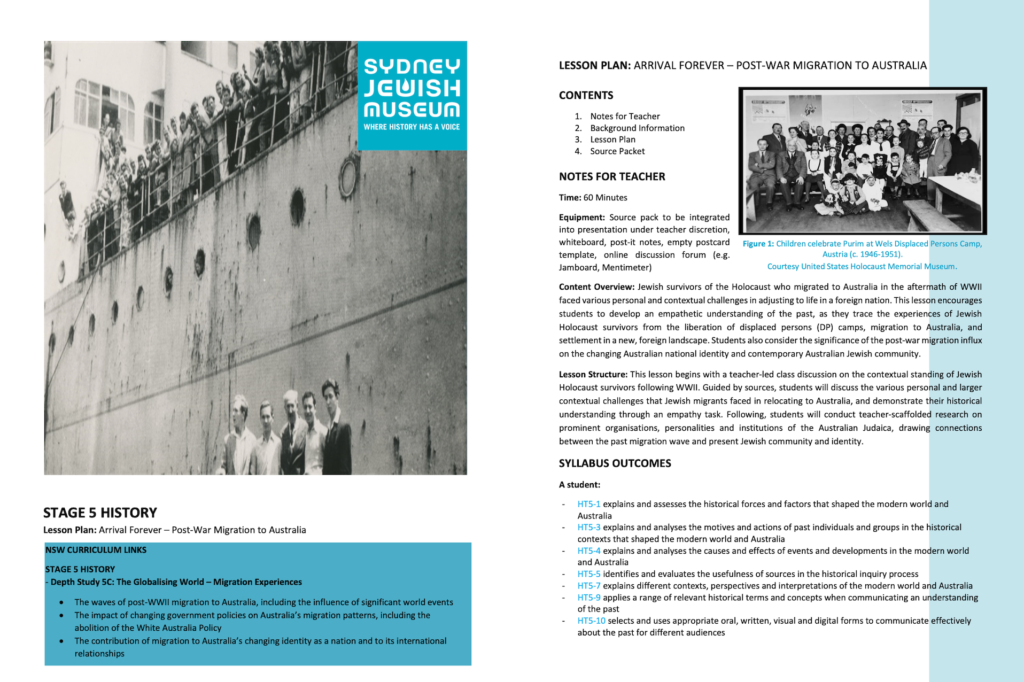2023 marks ten years of RESPECT— a program run by Outloud dedicated to educating primary school boys in Canterbury-Bankstown about domestic violence and healthy relationships through rap. My project involved writing a section for Outloud’s website entitled “10 Years of RESPECT: History and Highlights” that speaks to the value and significance of the program.
I also conducted two group oral history interviews for Outloud’s archive, documenting the experiences and perspectives of RESPECT facilitators and participants. The section I have written for the website primarily draws from these oral histories to capture the distinct voices of those who have been involved in RESPECT’s short yet rich history.

In 2022, Outloud extended the RESPECT program to engage alumni, now Year 10 students in high school. As part of the alumni program, these students are trained to facilitate primary school workshops as mentors to younger students. A highlight of my project was documenting this exciting development.
I had the privilege of interviewing two students from Sir Joseph Banks High School who are currently participating in the RESPECT alumni program. These young men are leaders in their community who made a commitment to values of respect, equality, and nonviolence in Years 5 and 6 through their first encounter with the RESPECT program and have sustained this commitment ever since. Now in Year 10, their stories are a testament to the long-term impact of the program in shaping young men’s visions for their future and producing empowering connections within and across Canterbury-Bankstown school communities. One student shared:
“I want to be a domestic violence counsellor. I thought, when I was in Year 6, that I’d like to be a future ambassador. And doing this program in high school, I think it makes me one, doesn’t it?” – Year 10 student
The student interviewees also shared their strongest memories of RESPECT during primary school. These stories were incredibly moving. One student spoke of his experience performing at the Women’s Domestic Violence Court Advocacy Service Conference in the Sydney CBD in 2018:
When I hear about RESPECT, I remember the bonds and the brotherhood that we made through the program. I also remember when we performed in the city and seeing the impact we had on the crowd. There were women crying in the crowd and people cheering. It was just one of the best moments.
After we performed in the city and our message touched the hearts of the audience, they came up and wanted to shake our hands and just tell us we did a good job and that the message was spread properly.
It made me see myself as someone who stands up to domestic violence acts. When I did the performance and those ladies came up to us after, I was really proud. It was a good moment for me and my boys to share to the rest of our primary mates.
“We are the Future” at the conference.
I am immensely grateful to these students for sharing their experience of RESPECT, as well as to Craig Taunton and Van Nguyen— without whom this project would not have been possible. I came away from these interviews having observed the power of RESPECT to create positive change in the culture of school communities and open conversations about domestic violence across Canterbury-Bankstown more broadly. The impact of RESPECT is felt strongly by all involved, and I hope to see the program continue to thrive in the future.
Here is the link to the RESPECT section of Outloud’s website, which will be updated soon: https://outloud.org.au/projects/respect/
